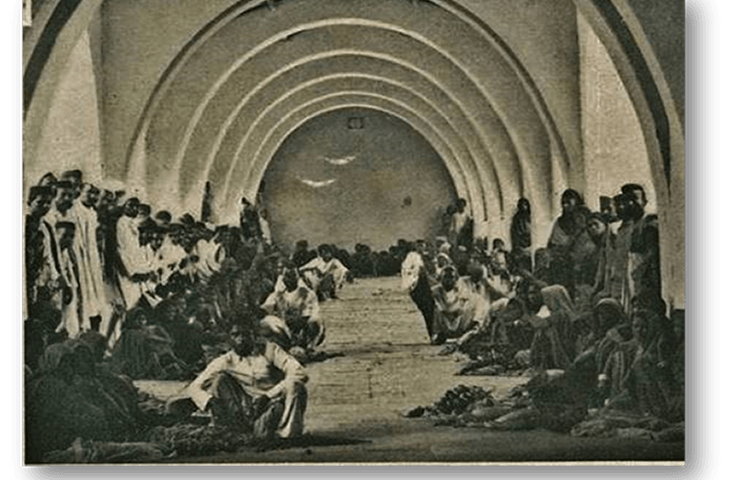Read this blog post in: Português
Since the early 19th century, at a site immediately south of the Diu customs quay, there was a market and a square where the pillory stood with its inscription dated 1770. This space was entered via two archways, with one marking the Land Gate and the other marking the Sea Gate.
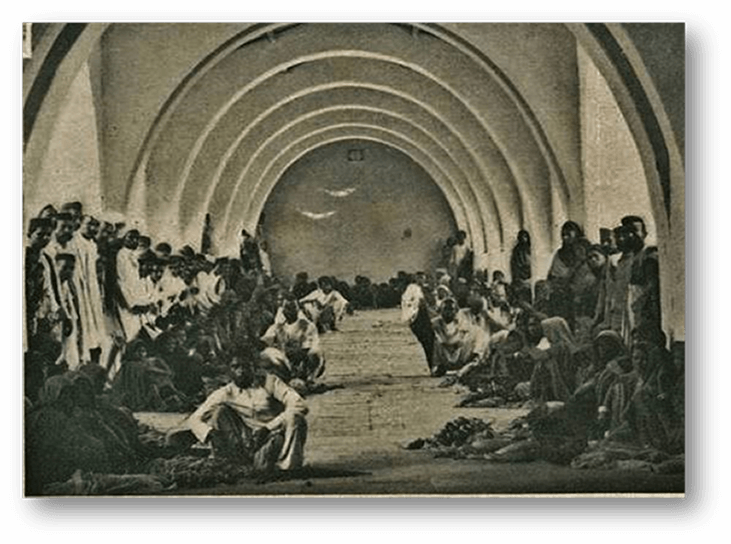
Brito Capelo Market in Diu. Guilherme Angusto de Brito Capêllo, Governor and 1st Lieutenant of the Navy, ordered a vegetable bazaar to be built in 1876.
According to Miguel de Paiva Couceiro, Governor of Diu from 1948 to 1950, the square was lined by the walls of private properties and the old structures were in ruins. With the owners’ permission, the walls were knocked down and a new market was built following the design of the old arcades and balustrades. The New Bazaar, as it was called at the time, was finished soon after the governor’s exit.

Vegetable market. The walls were knocked down and a new market was built following the design of the old arcades and balustrades.

Vegetable market, the New Bazaar, as it was called in the 50s.
The market is made up of two complementary spaces: the square, where the vendors would set up their points of sale, and the arcade, where the vendors arranged their counters below arches to sell to the people on the sea side. The arcade building was extended on the land side, and the arches on the sea side were recently closed by a grill, thus confining the building and substantially altering its manner of operating.
Even though these changes complicated the reading of the original structure created between the city and the sea, one can still see that it was one of the most interesting examples of architectural work during the last period of Portuguese rule in Diu.
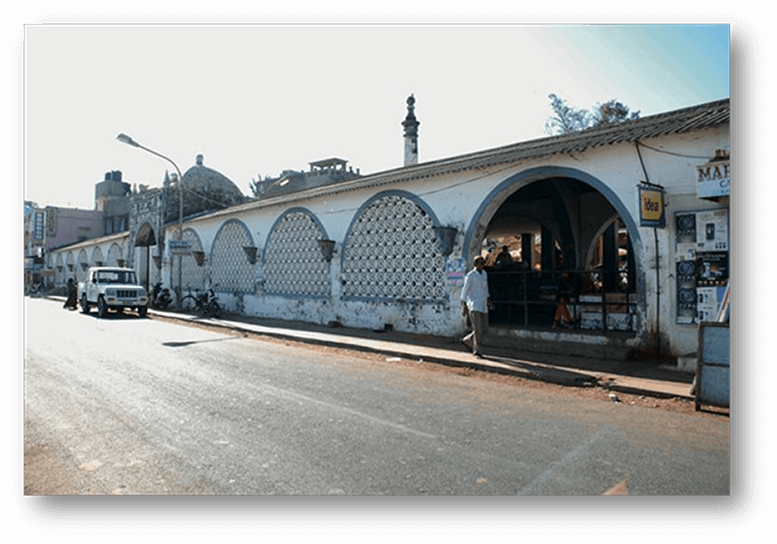
Market. The arches on the sea side were closed by a grill.
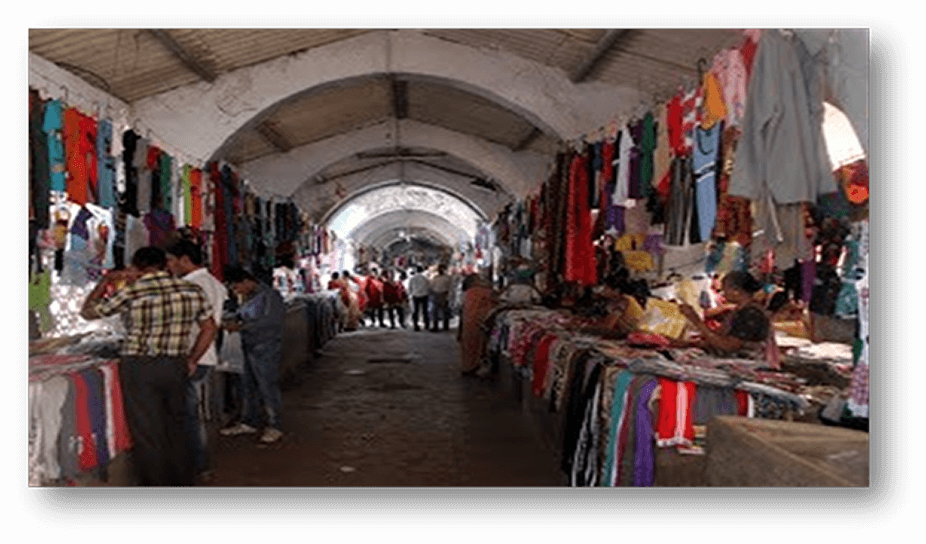
Market. Vendors organised their stalls below arches in the arcade.
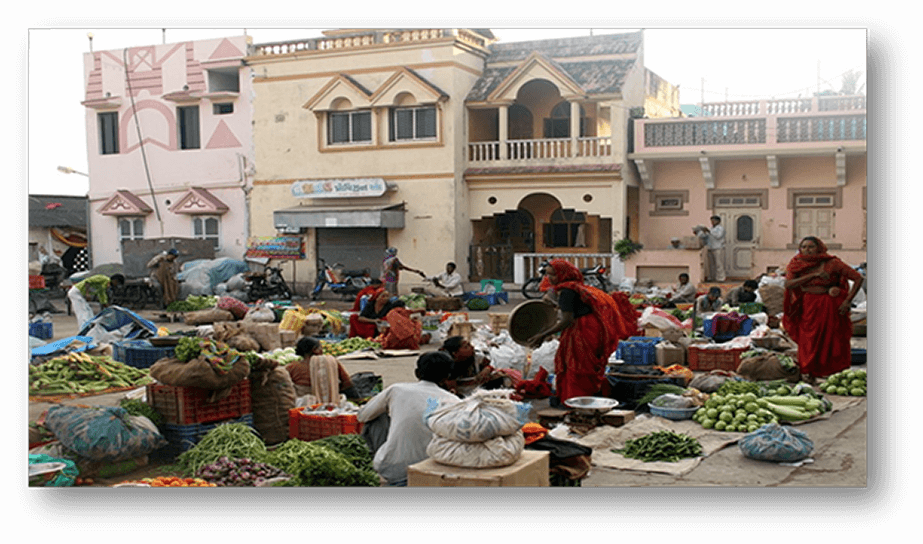
Vegetable market. The square, where traders set up their points of sale.
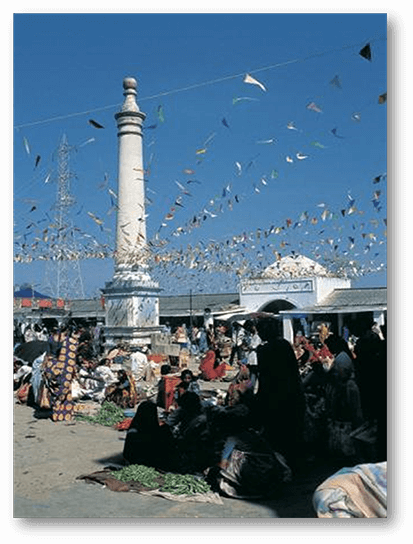
Vegetable market. The square, where the pillory stands with its inscription dated 1770. The arcade building has an extension on the side towards the square.

